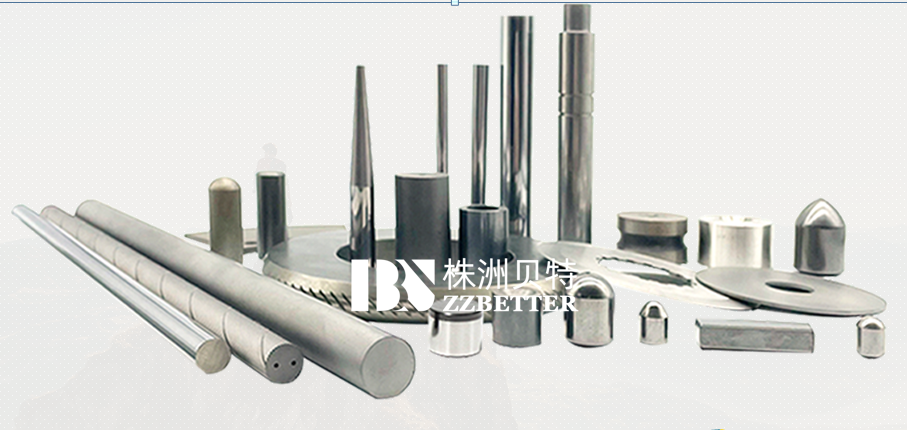The Difference between Tungsten Carbide and HSS cutting tools
The Difference between Tungsten Carbide and HSS Cutting Tools

In addition to tungsten carbide materials, cutting tools can also be produced with high-speed steel materials. However, due to the different chemical compositions and production methods of tungsten carbide and high-speed steel, the quality of the prepared cutting tools is also different.
1. Chemical properties
High-speed steel, also known as high-speed tool steel or front steel, is commonly called HSS, the main chemical components are carbon, silicon, manganese, phosphorus, sulfur, chromium, molybdenum, nickel, and tungsten. The advantage of adding tungsten and chromium to the front steel is to enhance the softening resistance of the product when heated, thereby increasing its cutting speed.
Tungsten carbide, also known as cemented carbide, is an alloy material based on refractory metal complex compounds and metal as a binder. Common hard compounds are tungsten carbide, cobalt carbide, niobium carbide, titanium carbide, tantalum carbide, etc., and common binders are cobalt, nickel, iron, titanium, etc.
2. Physical properties
The flexural strength of general-purpose high-speed steel is 3.0-3.4 GPa, the impact toughness is 0.18-0.32 MJ/m2, and the hardness is 62-65 HRC (when the temperature rises to 600°C that the hardness will be 48.5 HRC). It can be seen that high-speed steel has the characteristics of good strength, good wear resistance, medium heat resistance, and poor thermoplasticity. Of course, the specific performance indicators of high-speed steel are closely related to its chemical composition and raw material ratio.
The compressive strength of commonly used tungsten carbide is 6000 MPa and the hardness is 69~81 HRC. When the temperature rises to 900~1000℃, the hardness can still be maintained at about 60 HRC. In addition, it has good strength, toughness, wear resistance, heat resistance, and corrosion resistance. However, the specific performance indicators of cemented carbide are closely related to its chemical composition and raw material ratio.
3. Production process
The production process of high-speed steel is generally: frequency furnace smelting, out-of-furnace refining, vacuum degassing, electro slag remelting, fast forging machine, forging hammer, precision machine blanking, hot rolling into products, plate element, and drawing into products.
The production process of tungsten carbide is generally: mixing, wet milling, drying, pressing, and sintering.
4. Usages
High-speed steel is mainly used to manufacture cutting tools (such as drills, taps, and saw blades) and precision tools (such as hobs, gear shapers, and broaches).
Except for cutting tools that tungsten carbide is also used to make mining, measuring, molding, wear-resistant, high-temperature, etc tools as well.
Mostly under the same conditions, the cutting speed of tungsten carbide tools is 4 to 7 times higher than that of high-speed steel, and the life is 5 to 80 times higher.

If you are interested in tungsten carbide products and want more information and details, you can CONTACT US by phone or mail at the left, or SEND US MAIL at the bottom of the page.





















